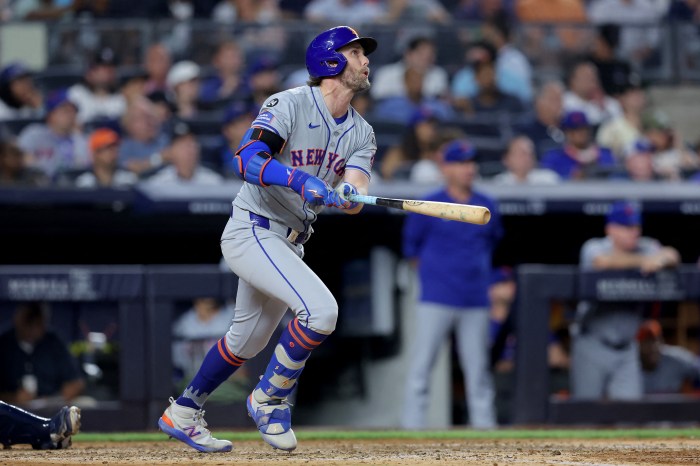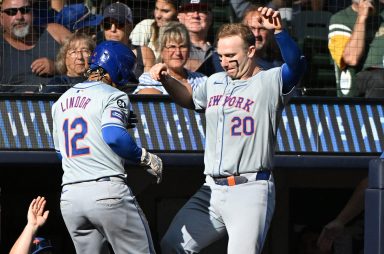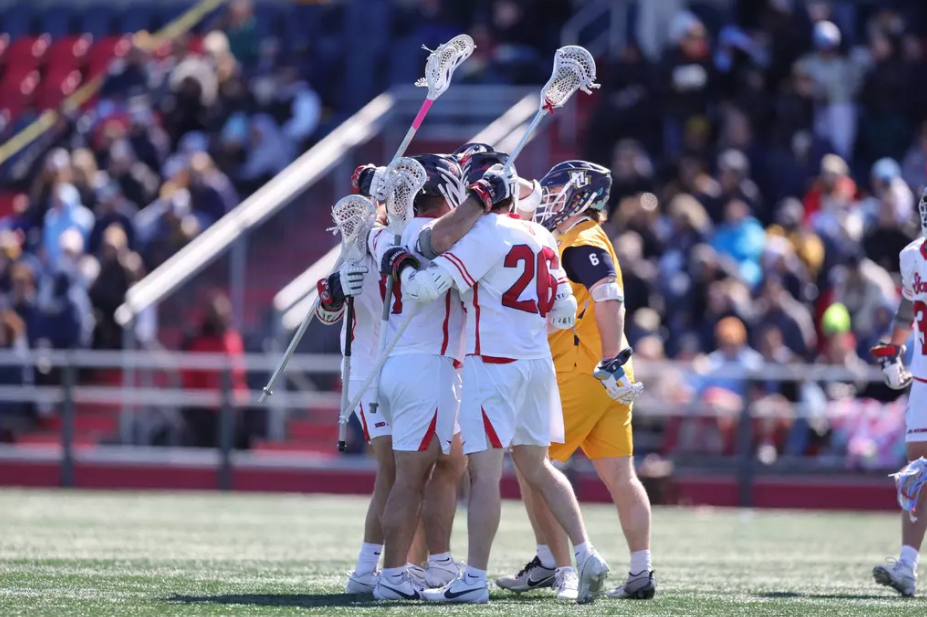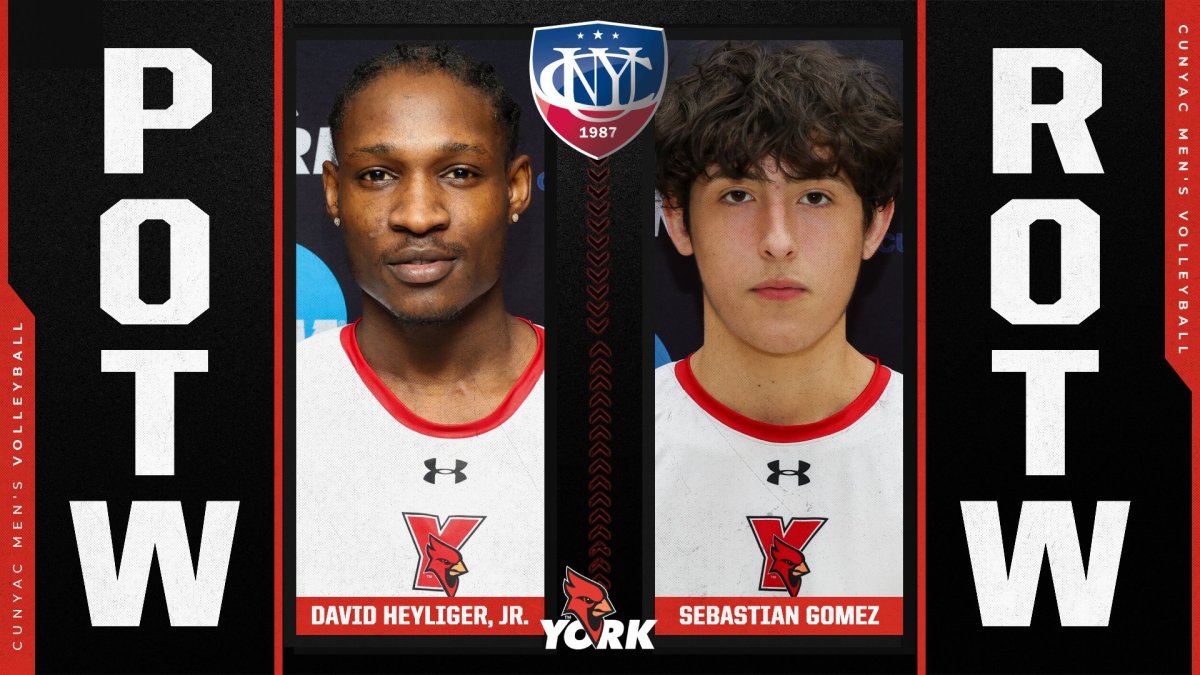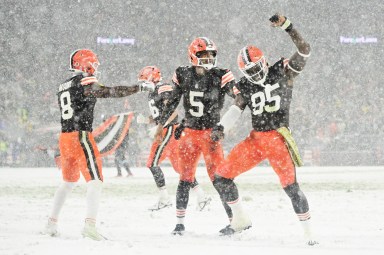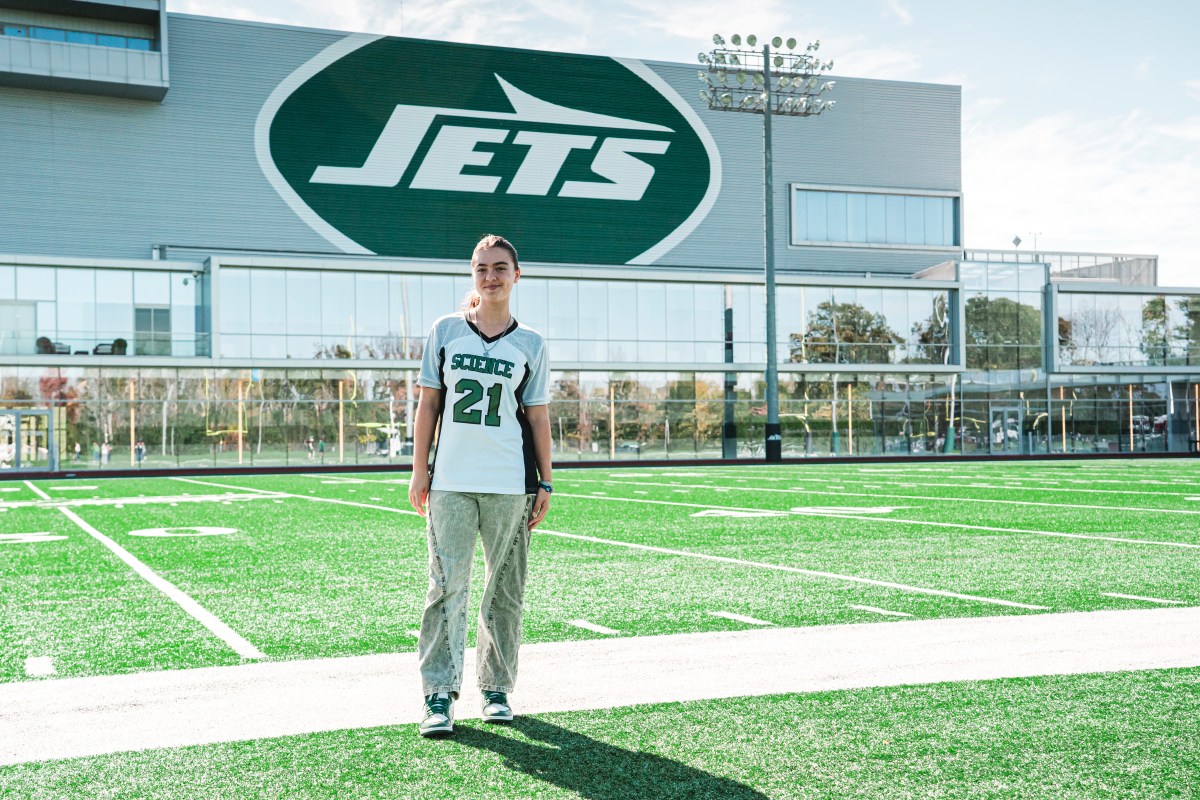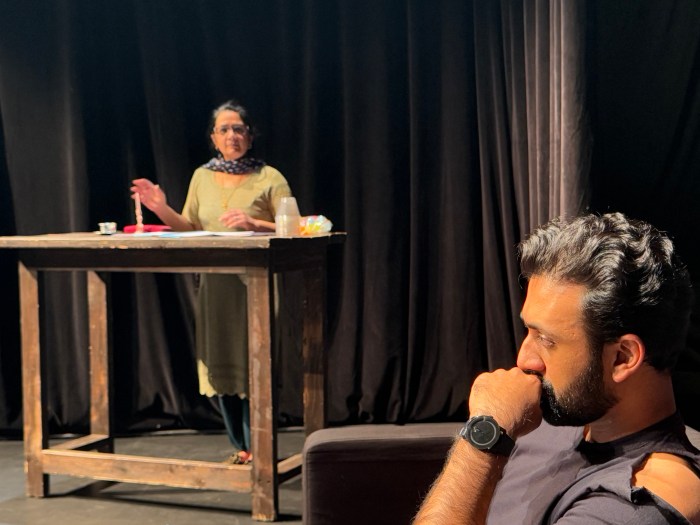Sports
Complete New York sports coverage, including Yankees, Mets, Knicks, Nets, Rangers, Islanders, Giants, Jets, and local college teams. Breaking news, scores, analysis, trades, and schedules from amNY’s sports desk.

Tackle the city, with our help.
Close
News, events, culture and more — delivered to you.
Thank you for subscribing!
Things to do in NYC
Tomorrow, 10 am
Tomorrow, 10 am
Feb. 21, 7 pm

Tackle the city, with our help.
Close
News, events, culture and more — delivered to you.
Thank you for subscribing!
Things to Do
 A food porn peep show is coming to Dekalb Market Hall in Brooklyn for one day only
A food porn peep show is coming to Dekalb Market Hall in Brooklyn for one day only Kids’ Night Returns with Free Broadway Tickets!
Kids’ Night Returns with Free Broadway Tickets! ‘Secret New York’: Author of new travel guide helps reveal hidden gems of the Big Apple
‘Secret New York’: Author of new travel guide helps reveal hidden gems of the Big Apple Catbird’s New York City stores to host Valentine’s Day pop-ups this weekend
Catbird’s New York City stores to host Valentine’s Day pop-ups this weekend Governors Island to host annual Ice Sculpture Show this Saturday
Governors Island to host annual Ice Sculpture Show this Saturday
Sports
 Brock Nelson trade rumors: 4 Nations break may prove pivotal for Islanders future
Brock Nelson trade rumors: 4 Nations break may prove pivotal for Islanders future Knicks’ Mitchell Robinson sends stern warning as return looms
Knicks’ Mitchell Robinson sends stern warning as return looms Mets minute: 2nd base is Jeff McNeil’s to lose, but what happens if he does?
Mets minute: 2nd base is Jeff McNeil’s to lose, but what happens if he does? Mets’ Kodai Senga feeling ‘really good,’ not concerned about last season’s injury issues
Mets’ Kodai Senga feeling ‘really good,’ not concerned about last season’s injury issues Pete Alonso’s return ‘means a lot’ for Carlos Mendoza, Mets in 2025
Pete Alonso’s return ‘means a lot’ for Carlos Mendoza, Mets in 2025
Crime
 Two people dead in Bronx fire at Buddhist temple and home; blocked hydrant hinders FDNY efforts
Two people dead in Bronx fire at Buddhist temple and home; blocked hydrant hinders FDNY efforts Brooklyn creep claiming to be ICE agent tried to rape woman moments after she visited urgent care doctor: sources
Brooklyn creep claiming to be ICE agent tried to rape woman moments after she visited urgent care doctor: sources Brooklyn jewelry heist: Daring thief steals $1.5 million in luxurious items from closing Macy’s store – then drops it while getting away
Brooklyn jewelry heist: Daring thief steals $1.5 million in luxurious items from closing Macy’s store – then drops it while getting away Brooklyn apartment fire kills Navy vet, FDNY warns against blocking hydrants
Brooklyn apartment fire kills Navy vet, FDNY warns against blocking hydrants ‘Everyone feels unsafe’: Homeless continue to make beds on rush hour subway trains as NYPD vows to address underground issues
‘Everyone feels unsafe’: Homeless continue to make beds on rush hour subway trains as NYPD vows to address underground issues





